In the Footsteps of Marie-Antoinette
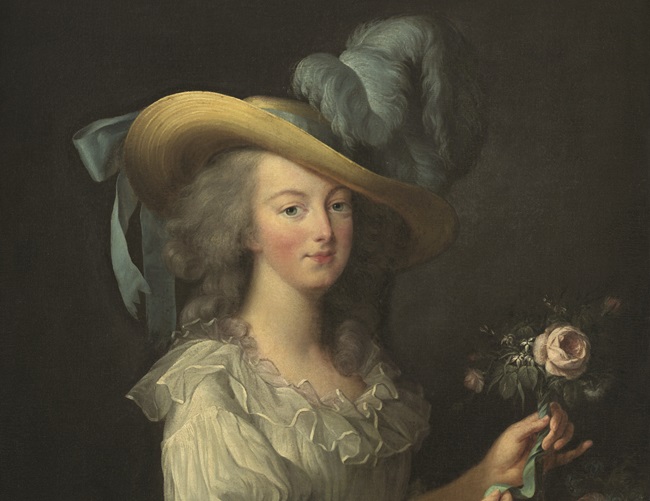
Explore the story of Marie-Antoinette, France’s ill-fated and much-reviled queen. From her arrival as a teenager from Austria to her death at the guillotine, this historical figure has fascinated people for centuries.
The story of Marie Antoinette’s 19-year reign as Queen of France begins at Versailles, but its tragic end can only be understood through a number of other places in Paris – the ones where she was imprisoned, mocked, tried and executed.
The 14-year-old Marie Antoinette arrived in Paris from Austria in May 1770, to marry the Dauphin Louis, heir to the French throne, who was just a year older. As her carriage and entourage swept through the gates of Versailles, she must have been overwhelmed: 6,000 people had gathered to see the future queen, who had only been introduced to Louis earlier that week. The wedding took place in the Royal Chapel later that same day and a witness, describing how tiny she looked in the white brocade dress she wore for the ceremony, estimated her age as ‘not above 12’.
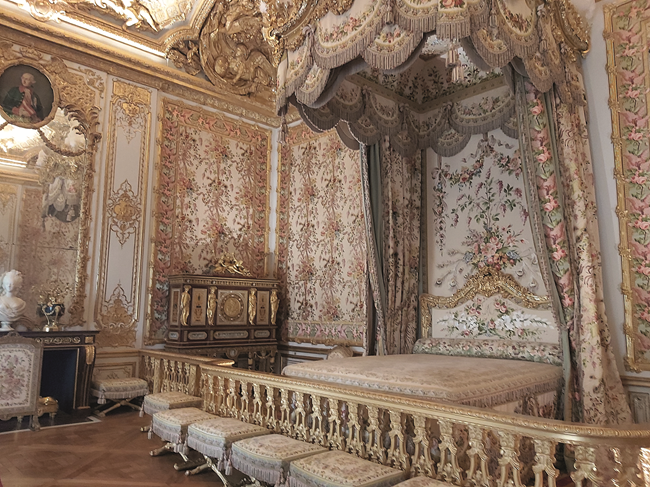
the Queen’s Bedchamber at Versailles, © shutterstock
Marie Antoinette settled into a life of pleasure and luxury at Versailles. She had numerous servants – train-bearers, pages, equerries, ladies of the bedchamber and indulged her passions for fashion and shopping, frequently summoning her dressmaker, Rose Bertin, to the palace and wearing her hair piled 3ft high and decorated with feathers, jewels and ribbons. Her extravagance has been talked about ever since.
The four rooms known as the Queen’s Suite showcase the opulence which surrounded Marie Antoinette – white and gold from floor to ceiling glistening chandeliers, exquisitely-carved furniture. Then there is the Royal Opera, the largest court theatre of its day, which was hastily finished in time for her wedding and sumptuously decorated in fitting royal colours of blue, white and gold. There, she presided over fabulous balls, operas and banquets. The vast gardens had been designed for a previous monarch – Louis XIV – but for her wedding, the Grand Canal was illuminated and the various feasts, opera performances and a masked ball ended in a magnificent firework display.
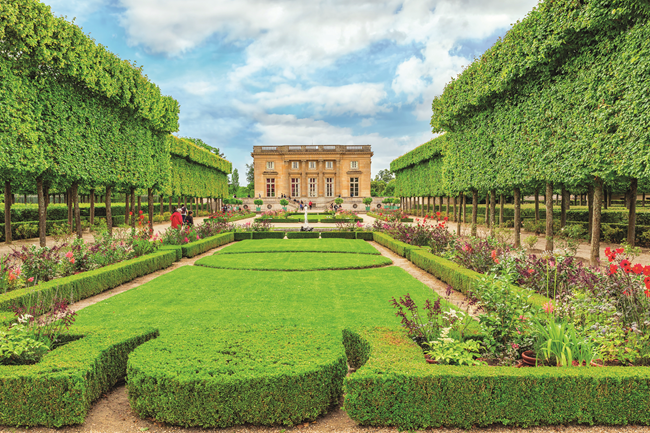
The Petit Trianon at Versailles, where Marie Antoinette sought refuge from court formalities, © shutterstock
A royal show
But there were problems too, not least that she lacked basic privacy. In the Queen’s Bedchamber, she washed and dressed every morning under the gaze of courtiers. Family members and important officials gathered there to watch as she gave birth to her children. In the Queen’s Antechamber there is a poignant reminder of one of the many tragedies of her life. The portrait ‘Marie Antoinette and her children’, by Élisabeth Vigée Le Brun, shows her with three children, one of whom is pointing to an empty cot: her second daughter, Sophie, died at 11 months, before the work was complete, and was painted out.
Marie Antoinette had a special connection to the Petit Trianon, a little château in the grounds of Versailles, where she liked to escape the stuffy court etiquette, spend time with her favourites and relax. She enjoyed having the garden remodelled in a less formal, English style, and commissioned the building of a model village, known as le hameau (hamlet), where the so-called cottages, clustered around an artificial lake, boasted fancy balconies and were surrounded by over 1,000 specially commissioned ceramic pots bearing her monogram. For this, she was ridiculed.
It was at Versailles that the events leading to the eventual downfall of the royal couple began. Most historians today believe that Marie Antoinette didn’t actually utter the words ‘Let them eat cake’ when bread riots broke out in Paris in July 1789. But because of her legendary extravagance, people were prepared to believe she did. The monarchy was threatened when republicans met to demand a written constitution at the Royal Tennis Court in Versailles and just months later, in October 1789, a mob of market women attacked the palace. Louis XVI agreed that he and his family would return under escort to Paris, and from that moment they lived under a scrutiny which gradually became imprisonment.
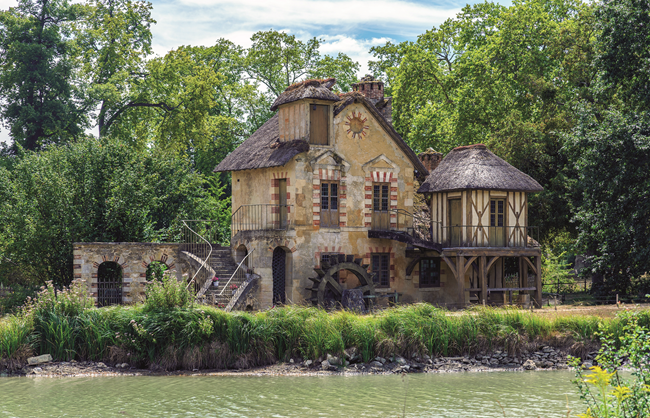
Marie Antoinette created a bucolic fantasy © shutterstock
Marie Antoinette’s next two ‘homes’ no longer exist today. The Tuileries Palace, where the family spent nearly three years under house arrest, was destroyed in 1871. Initially, they continued to be seen in public, attending mass and walking in the grounds, but eventually, on August 10, 1792, events took a terrible turn for the worse. A crowd of 10,000 revolutionaries amassed outside the palace gates and, in the absence of the king, who had departed to speak at the Assemblée Nationale, shots were fired. A massacre ensued and half of the palace’s 1,000 Swiss Guards were butchered by the angry mob. That night, Louis, Marie Antoinette and their children were taken to the Temple and this time there was no pretence that they were anything other than prisoners.
The Temple, a former medieval fortress built for the Knights Templar, was destroyed by Napoleon, but its outline is traced on the road just outside the 3rd arrondissement‘s town hall, and information boards explain the story.

The Conciergerie © shutterstock
Twenty guards kept watch over the family, held here in damp conditions, as their fate was decided. One terrible night, the head of the Princesse de Lamballe, a loyal friend who had been executed for refusing to sign an oath against the monarchy, was paraded past their window on a stick. In December, Louis was taken away to be tried and it’s thought that Marie Antoinette and the children probably heard the drumming which preceded his public execution on January 21, 1793, and the shouts and jeers of the crowd afterwards.
In August that year, Marie Antoinette was transferred to the Conciergerie, where she was imprisoned for more than two months until her trial. You can visit the part where she was held, now a chapel, and see memorial plaques for her and Louis and a little cabinet of memorabilia. The few possessions left, which include a small water jug and a white bonnet, underline how far she had fallen by this point: reduced to one small room with a table, bed, chairs and a bucket, scrutinised at all moments by guards and, eventually, taken upstairs to the courtroom wearing a simple black dress and subjected to mockery and insults, before being found guilty of high treason and sentenced to death.
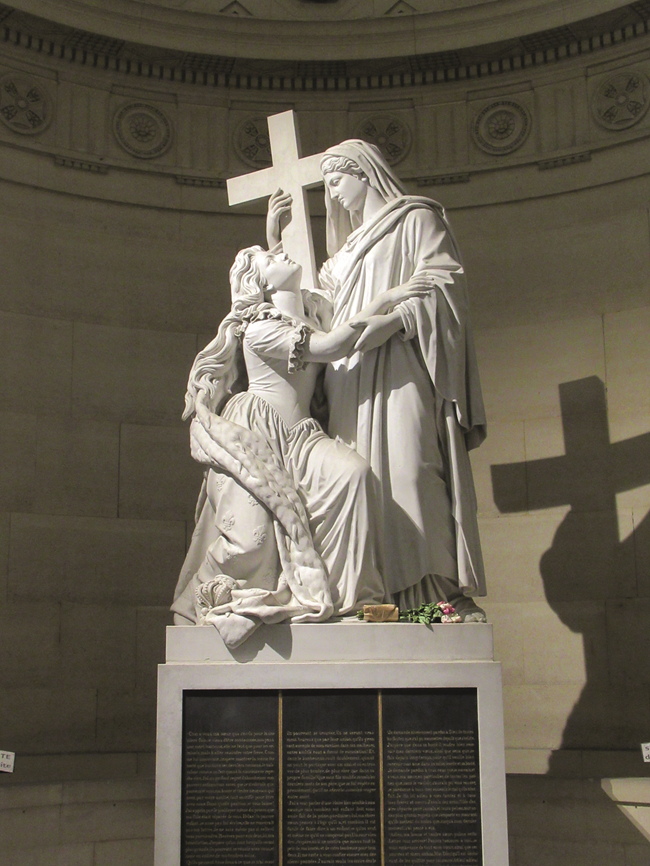
Marie Antoinette statue at Chapelle Expiatoire, © MARIAN JONES
The bloody end
The artist Jacques-Louis David drew a sketch of Marie Antoinette on the morning of October 16, 1793, being taken by cart through the streets to her execution in the Place de la Révolution, now the Place de la Concorde. Her hair had been shorn and her hands were tied behind her back. Some in the huge crowd lining the streets spat at her as she passed, while others shouted “Vive la République!”. She is said to have mounted the steps to the guillotine ‘with bravado’, pausing only to apologise to the executioner for stepping on his foot.
Although Marie Antoinette met her death in Place de la Concorde, there are two more places worth visiting in Paris. Today, her remains lie in the Basilique Saint-Denis, the cathedral on Rue de la Légion d’Honneur (at the penultimate stop on the northern end of Metro Line 13) where most French royalty is buried.
Here you can visit a little chapel containing beautiful marble statues of both Marie Antoinette and Louis XVI. And at the Chapelle Expiatoire, in the 8th arrondissement, there is a memorial chapel, built on the site where her body was thrown after her execution. Inside it are statues of both Marie Antoinette and Louis, together with engraved texts. For Marie Antoinette, the words are from the last letter she wrote, early on the morning of her execution, accepting her fate, asking pardon for her sins and bidding her orphaned children farewell: “O my God! How heart-rending it is to leave them for ever! Adieu! Adieu!”
From France Today Magazine
Lead photo credit : Marie-Antoinette, by Elisabeth-Louise Vigee Le Brun, 1783
Share to: Facebook Twitter LinkedIn Email
More in French history, French revolution, Marie-Antoinette
By Marian Jones
Leave a reply
Your email address will not be published. Required fields are marked *



